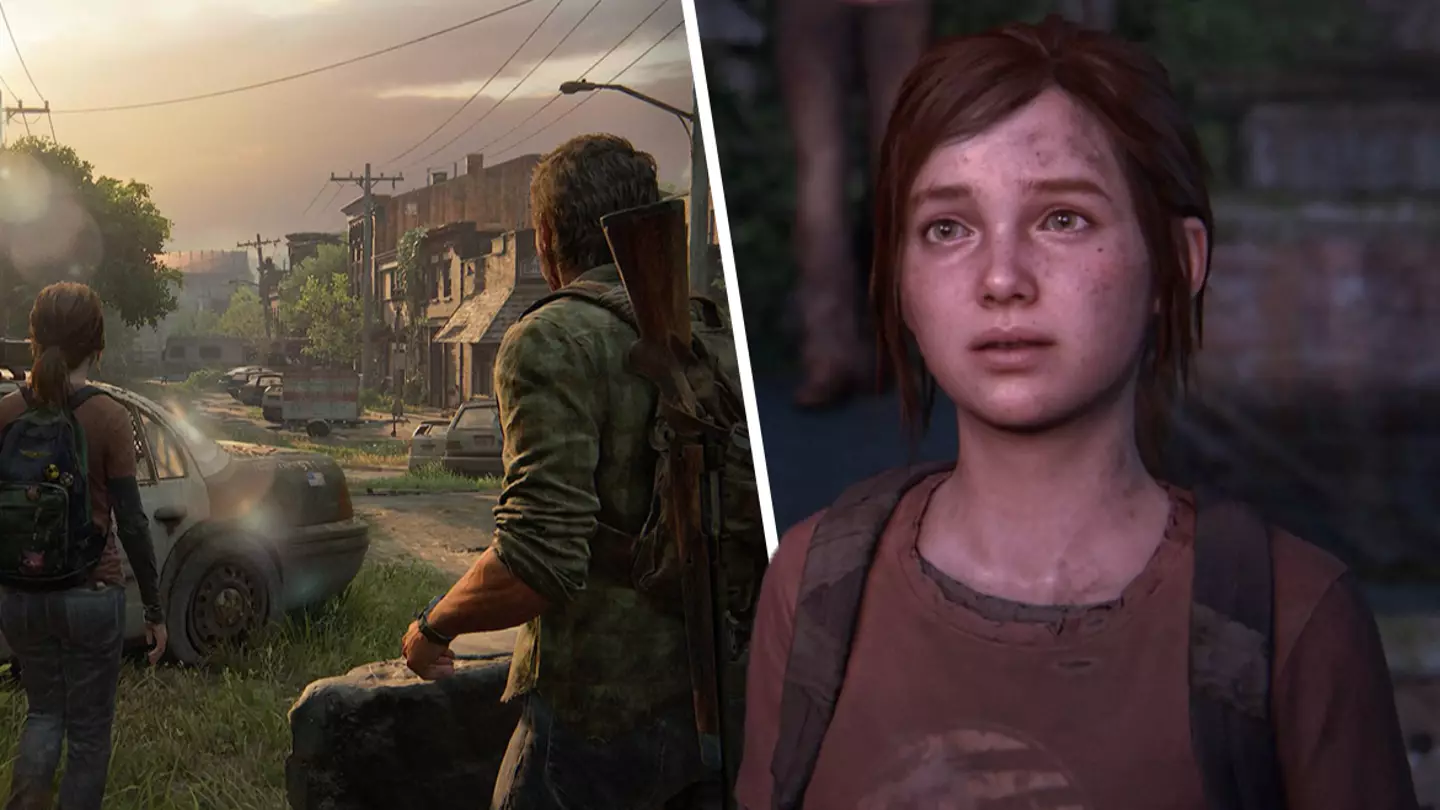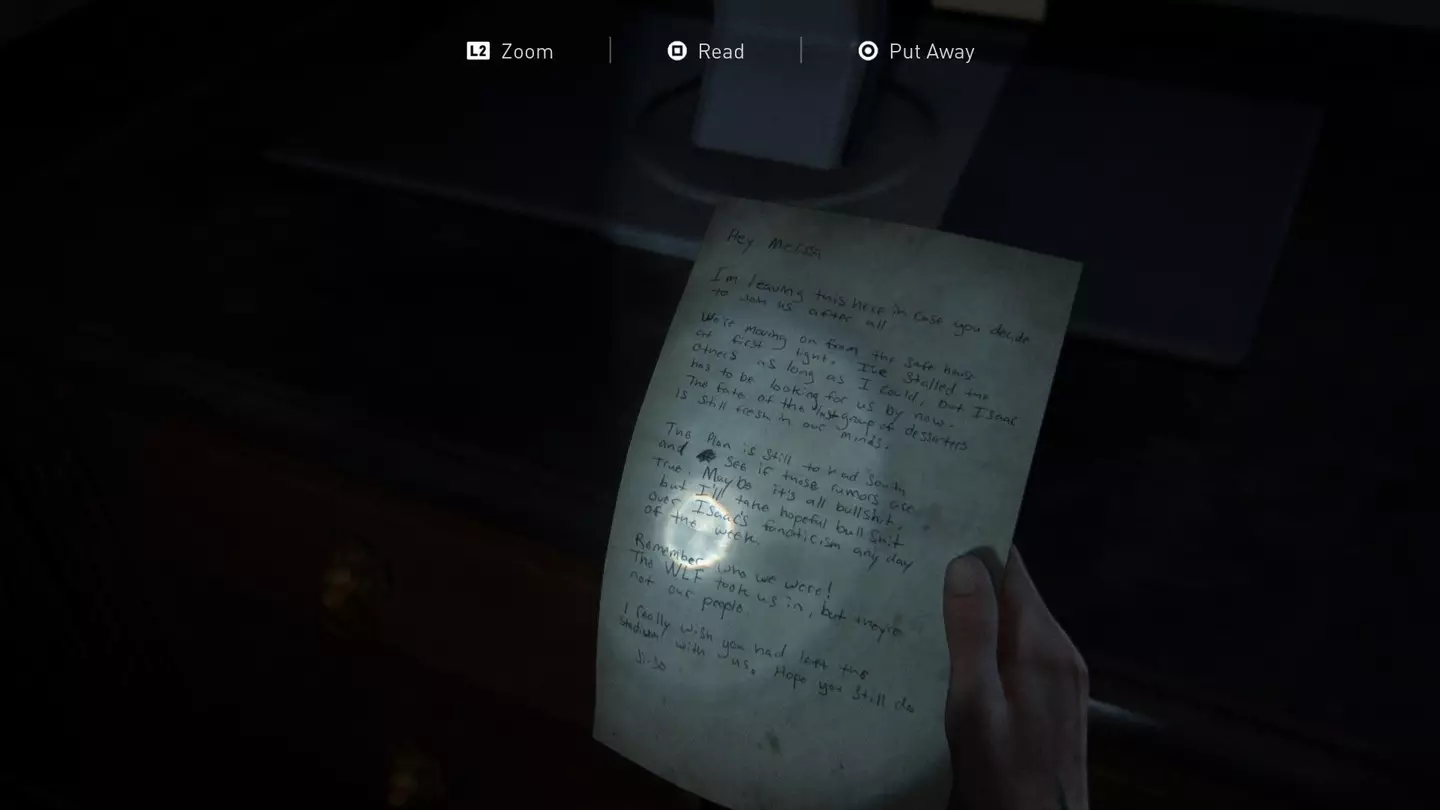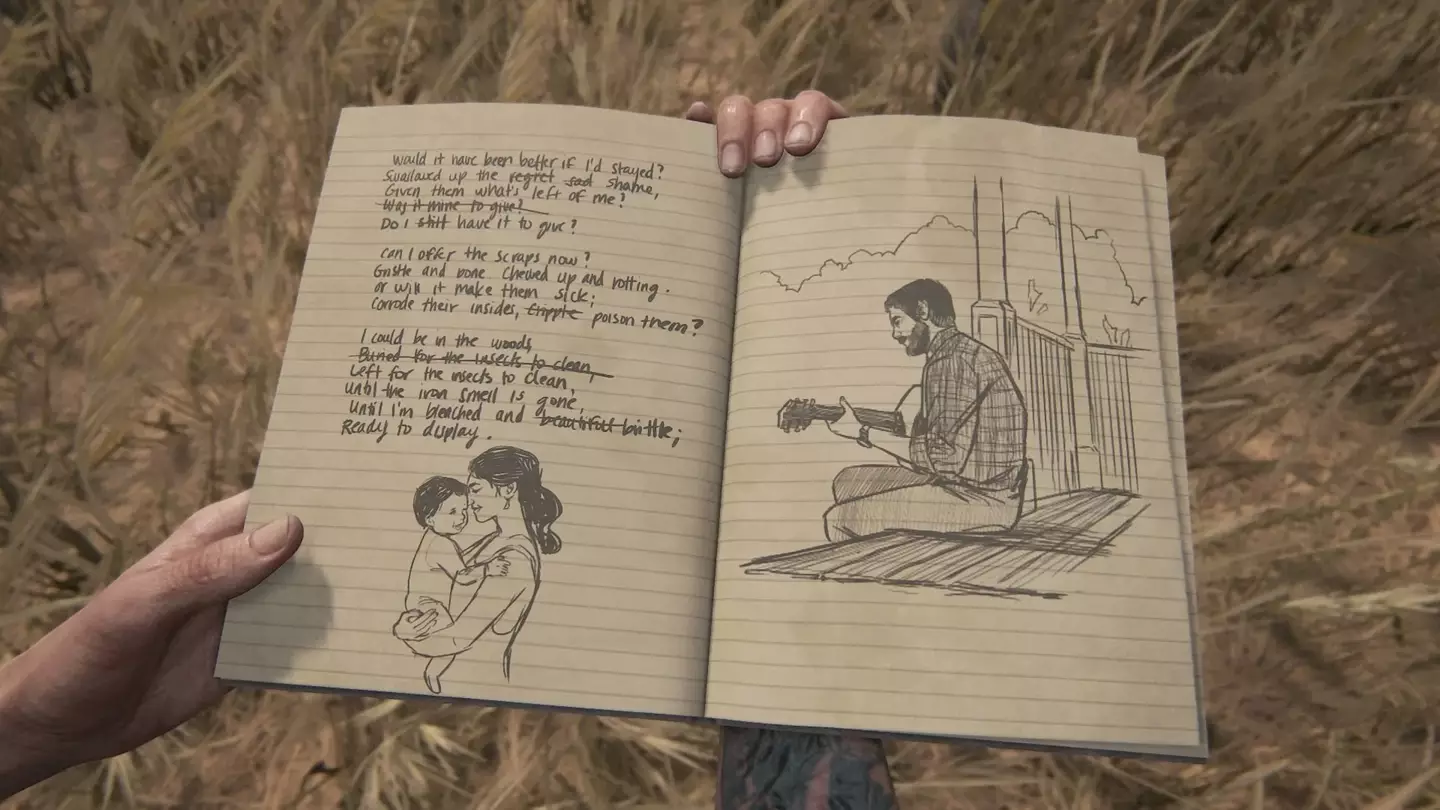
Can you believe that The Last of Us is now officially 10 years old? How time flies when you’re having fun or, in this case, I should probably say fighting for your life in a post-apocalyptic Infected-ridden urban jungle. Naughty Dog’s 2013 release is known for being a narrative powerhouse. It’s safely among my favourite stories of all time, across any entertainment format. I do wonder though if some players overlook some of the game’s best content. If you don’t already, this is a PSA demanding that you read the game’s collectable documents. It’ll revolutionise your gameplay experience.
I remember the first time I ever played The Last of Us - and the same goes for its sequel, The Last of Us Part II. Sure, I picked up every collectible item I saw but on that initial playthrough, I didn’t go out of my way to find every one available and I confess to perhaps skim reading a couple of the lengthier letters. I’ve since rectified that mistake, and I’ve experienced The Last of Us as it should be experienced. These collectibles don’t exist so that you can earn a trophy on your way to collecting a platinum. They deepen your understanding of this world and its characters, adding a whole extra layer of storytelling waiting to be discovered.
The collectibles work with the locations you find them in to create environmental storytelling at its finest. A ‘character’ called Ish is a prime example that springs to mind. Some fans will know exactly who I’m talking about. I say ‘character’ because we never actually meet Ish. He’s long gone, but you do have the opportunity to learn his story. Alongside Henry and Sam, Joel and Ellie will travel through a section of sewers, locating what at one point in time was clearly an underground safety den lived in by a family.
Advert
Thanks to several collectible documents, including a children’s crayon drawing, you discover that this den was once inhabited solely by a man called Ish. One day, while out sourcing supplies, Ish came across a couple and their two children. To ease his loneliness, Ish eventually invited the family to stay with him, which they did, creating a somewhat stable home in the sewers complete with a nursery for the children.
.jpg)
It’s later unveiled that one member of the group accidently left the door to the sewer den open, allowing in a group of Infected. It’s believed that several members of the group were overpowered while Ish and a couple others fled to the nearby suburbs. His fate from then on is left unknown. If you don’t pick up and read those documents, that environment is simply the home of a nameless and faceless nobody. Take in all that the game is trying to tell you and the environment is transformed. There’s a sadness in the chalk drawings - a bright and colourful sanctuary ruined by the simple mistake of leaving a door ajar.
Elsewhere, you need only look at Frank’s letter to Bill as another example. Frank is a minor character in the game. We, as the player, only ‘meet him’ when we discover his body. Unless you read the letter he left Bill before his death, you wouldn’t discover the implication that the duo were partners. That tidbit of information completely alters your understanding of Bill’s reaction to the event.
Advert
This document-driven storytelling continues in The Last of Us Part II, where I’d argue it’s stronger than ever. There’s one infamous scene where you’re ambushed by a group while using a workbench - one of the game’s very effective jump scares. They’re clearly not Seraphites, but they don’t appear to be part of an organised WLF effort either. Pick up the related collectible documents and you’ll discover that they’re a group of WLF deserters.

It explains why they’re hiding out away from everyone else in an old apartment block. It also gives you some idea of what’s to come. If they’ve deserted the WLF - and at this point in the game, we know very little about them - there’s clearly discontent. One letter mentions Isaac. Again, at this point, we haven’t met him. It’s clear to see from this letter that he’s a ruthless leader if he simply will not allow people to depart his group.
As Ellie, you’re not certain whether you’ll encounter Isaac further down the line, so there’s a building anticipation there. When you later switch over to Abby and talk to Isaac, if you’ve read this letter, I’m sure you enter the scene where Abby decides to disobey his orders with alarm bells ringing, altering and enhancing the way in which you experience this story.
Advert
One of my personal favourite additions in Part II was the diary mechanic. It’s something you can access while playing as Ellie both in the present day and during flashbacks. The diary will, understandably, alter during flashbacks to reflect her thoughts at that time so if you don’t take a peek, you really will miss out. It’s also something that the game allows you to discover for yourself. You’re only occasionally prompted to view the diary. Sometimes at the start of the chapter, several new entries will have been added but that fact isn’t advertised.

With that in mind, if you are heading into Part II for the first time or a replay, I’d check the diary constantly because it’s only going to deepen your understanding of Ellie in a way that, sometimes, dialogue alone cannot achieve. In one instance, Ellie writes, “When I think about Joel,” later scribbling out Joel and replacing his name with ‘him’. It’s one minor example of many, but it’s an insight into how Ellie is processing - or struggling to process - everything that’s happened.
As we celebrate The Last of Us’ 10th anniversary, there are so many facets of this game to praise. Its gameplay, its impact, its legacy but all of those link back to storytelling. The Last of Us is a game that challenges you to feel and understand loss, hope, fear, relief, happiness, love, and guilt all in quick succession. Allow this game to fully move you as it was designed to do so. Please, pick up those collectibles and give them your time and attention. You will not regret it.
Featured Image Credit: Sony Interactive EntertainmentTopics: The Last Of Us, The Last Of Us Part 2, Naughty Dog, PlayStation, Opinion